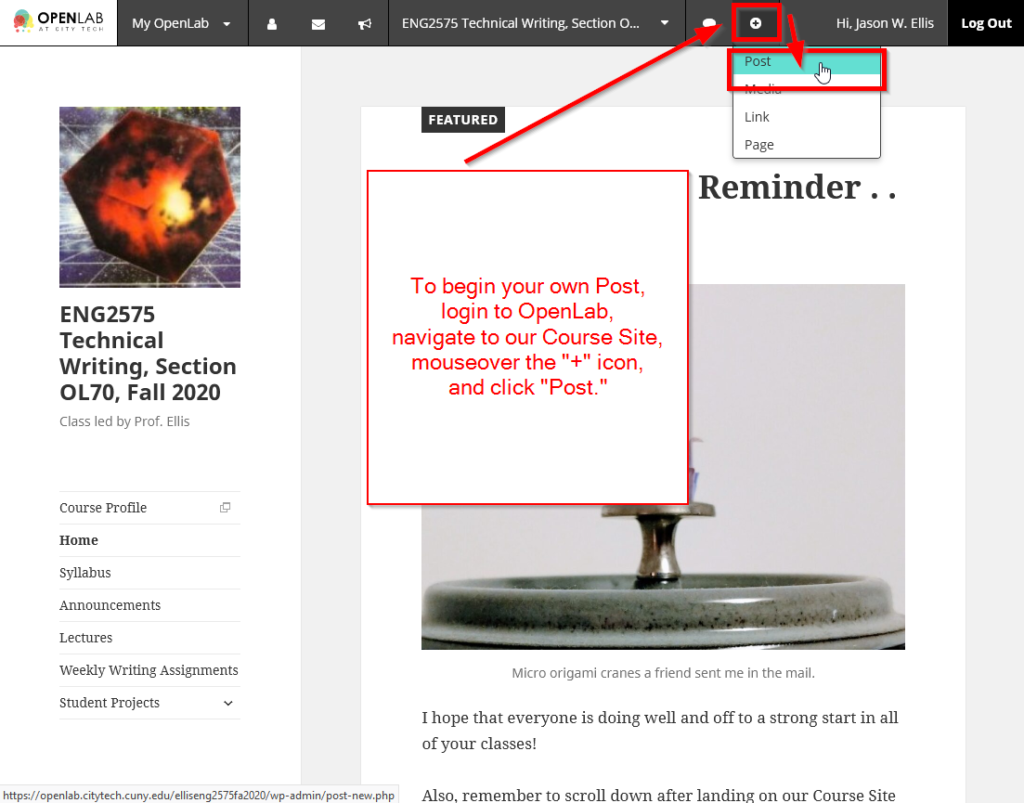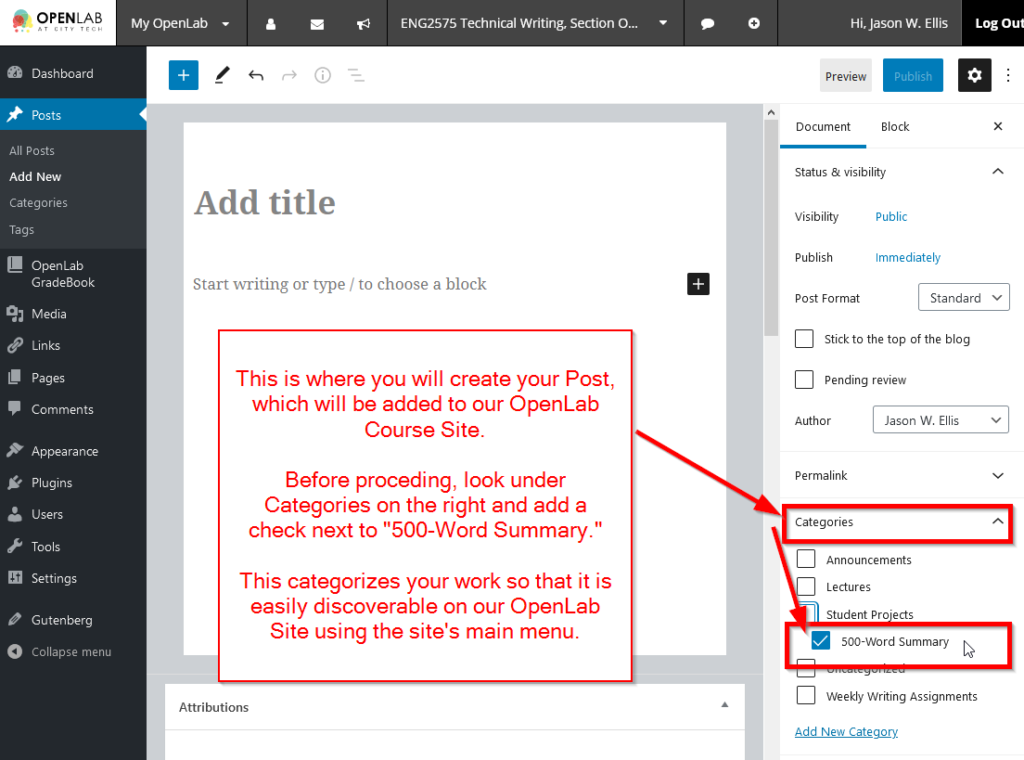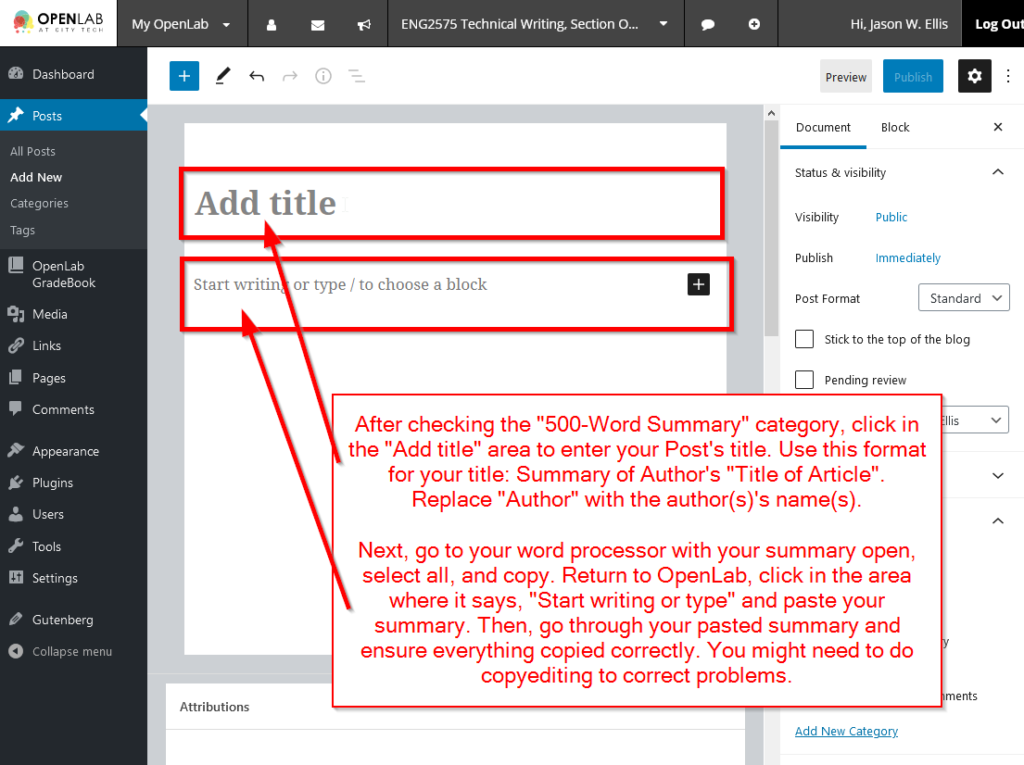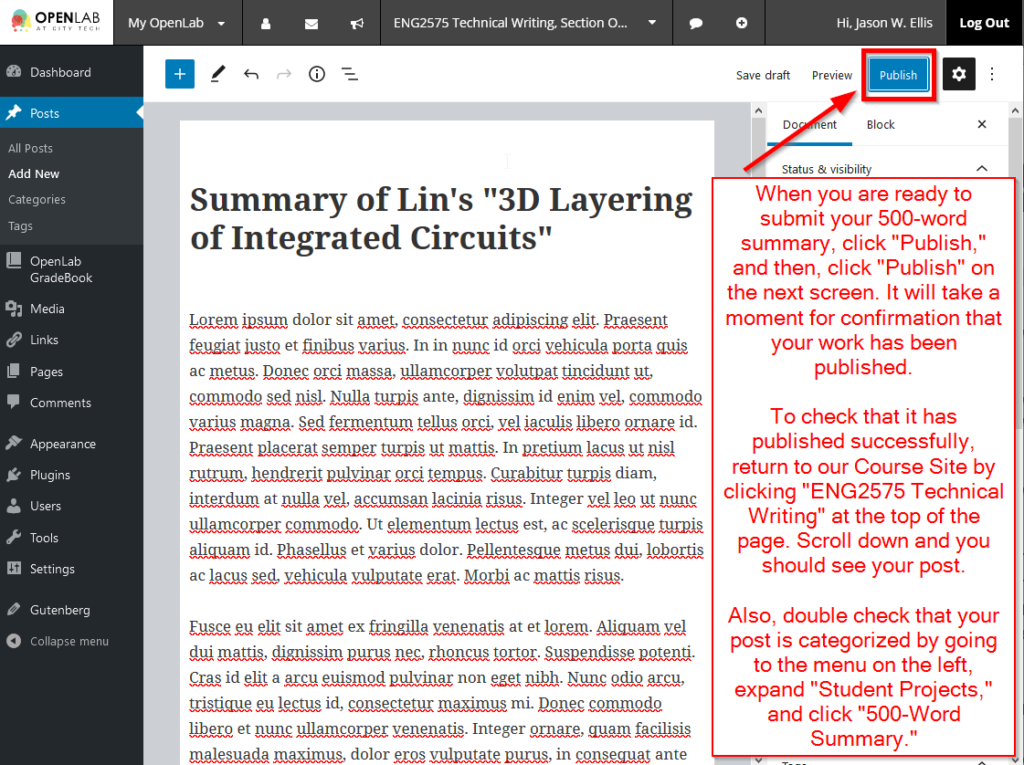TO: Prof. Ellis
From: Pranta Dutta
DATE: Feb 25 2021
Subject: 500-word Summary
The following is a 500-word summary of a peer-reviewed article about Five Pillars of Artificial Intelligence Research by Yew-Soon Ong and Abhishek Gupta. In the article, the authors discuss the basics elements of artificial life for sustainable AI. According to the authors, “Due to the accelerated development of AI technologies witnessed over the past decade, there is increasing consensus that the field is primed to have a significant impact on society as a whole” (Ong & Abhishek, 2019, p. 411).
The goal of Artificial intelligence (AI) was for machines to have equal intelligence to humans. However, it has surpassed that goal. With the help of machine learning, AI has managed to conquer human intelligence, such as IBM Watson winning the game of Jeopardy or the Alpha Zero algorithm defeating a world champion in a game of chess. Because of this, people believe that AI will have a significant impact on society. It has the potential to improve human decision-making in healthcare, economics, and governance. However, there are some challenges it must overcome.
The first, rationalizability of AI systems, A part of machine learning is deep natural learning. To an Artificial Intelligence, this is like a human brain. Its main criticism was that it was vague. Even though it accomplished remarkable predictions, it could not explain why certain inputs led to the projected output. It would need to have the ability to rationalize its interpretations and explanations. Otherwise, it could compromise the safety of lives where critical decisions are very crucial.
The second, the resilience of AI systems; Artificial Intelligence has passed human intelligence in some instances; however, it still lacks common sense. This means that it can be easily misleading. For example, if someone adds black and white stickers to a stop sign, AI may interpret it as a speed limit. This error can cause a traffic jam or an accident.
Third, reproducibility of AI Systems. To maintain the integrity of AI applications it is necessary to ensure reproducibility by designing & complying with standardize software requirements. One obstacle is the vast number of hyperparameters. Without experts in the hyperparameter selection, it may lead to poor results of the trained model. The community for open-source software development in Ai is growing. But there still is a need for software standards to be specified.
Fourth, the realism of AI systems. AI has shown great strength when it comes to human interaction, but one of the challenges AI faces is the development of a system. For example, every human has a different way of expressing themselves, such as speech, body language, and facial expressions. For AI to integrate well, it must develop its traits and personality.
Fifth, Responsibility of AI systems; As powerful as AI is at the moment, it still needs to have some level of responsibility. Without it, artificial intelligence can take over the world. AI will have to be programmed to comply with ethics and laws.
To conclude, AI has made a lot of progress in the time it has had. Given what we have seen, it will be incorporated into our society without a doubt. However, it is essential to make sure that AI covers all of the concepts mentioned above, from rationalizability to responsibility to function reliably and ethically in everyday life
References
Ong, Y.-S., & Gupta, A. (2019). AIR5: Five Pillars of Artificial Intelligence Research. IEEE Transactions on Emerging Topics in Computational Intelligence, 3(5), 411–415. https://doi.org/10.1109/tetci.2019.2928344







